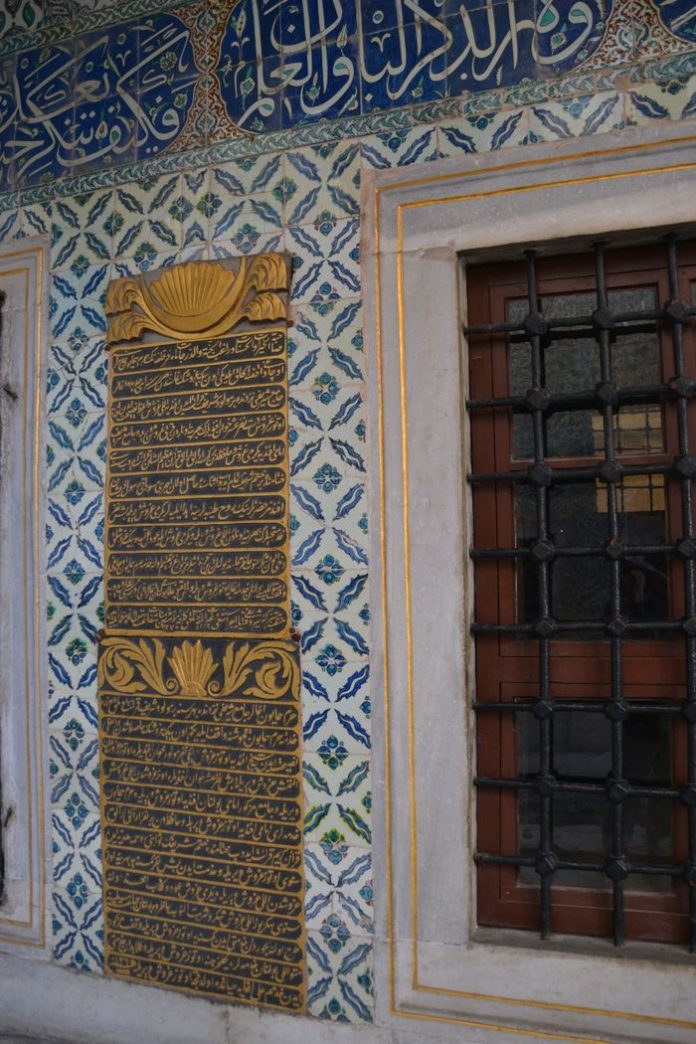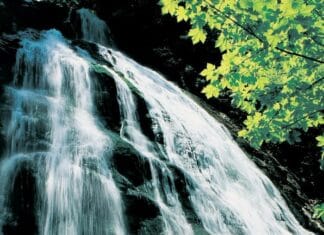Exploration and History
Ephesos, located on Turkey’s west coast, served as the former capital of the Roman province of Asia and held the distinction of being one of the Seven Wonders of the ancient world. Since 1895, it has been a focal point of research for Austrian archaeological science, leading to the establishment of the Austrian Archaeological Institute (ÖAI) with Ephesos as a central hub for international research.
The History of Research at Ephesos
In 1863, English architect John Turtle Wood initiated the search for the Artemision, dedicating seven years to the quest. Despite discovering the temple’s marble pavement in 1869 Financing and Monumental Achievements at Ephesos, the expected finds did not materialize, leading to the discontinuation of excavations in 1874. The vision to transform Ephesos into an Austrian research site was realized through the efforts of Otto Benndorf, the first Director of the Austrian Archaeological Institute. Private citizen Karl Mautner Ritter von Markhof’s donation of 10,000 guilders in April 1895 made the commencement of research possible.
Continued Research Amid Challenges
Despite a hiatus after World War I, Ephesos remained an Austrian research site, largely due to the Turks’ wishes. In 1926, a resumption of work occurred through combined efforts involving Austrian state authority and private sponsors, including John Rockefeller Balkan Tours, Jr., and the Emergency Association of German Science. Notably, the investigations during this period, focusing on Christian sites like the Coemeterium of the Seven Sleepers and the Basilica of St. John, garnered financial support, sustaining research efforts without public funding.








